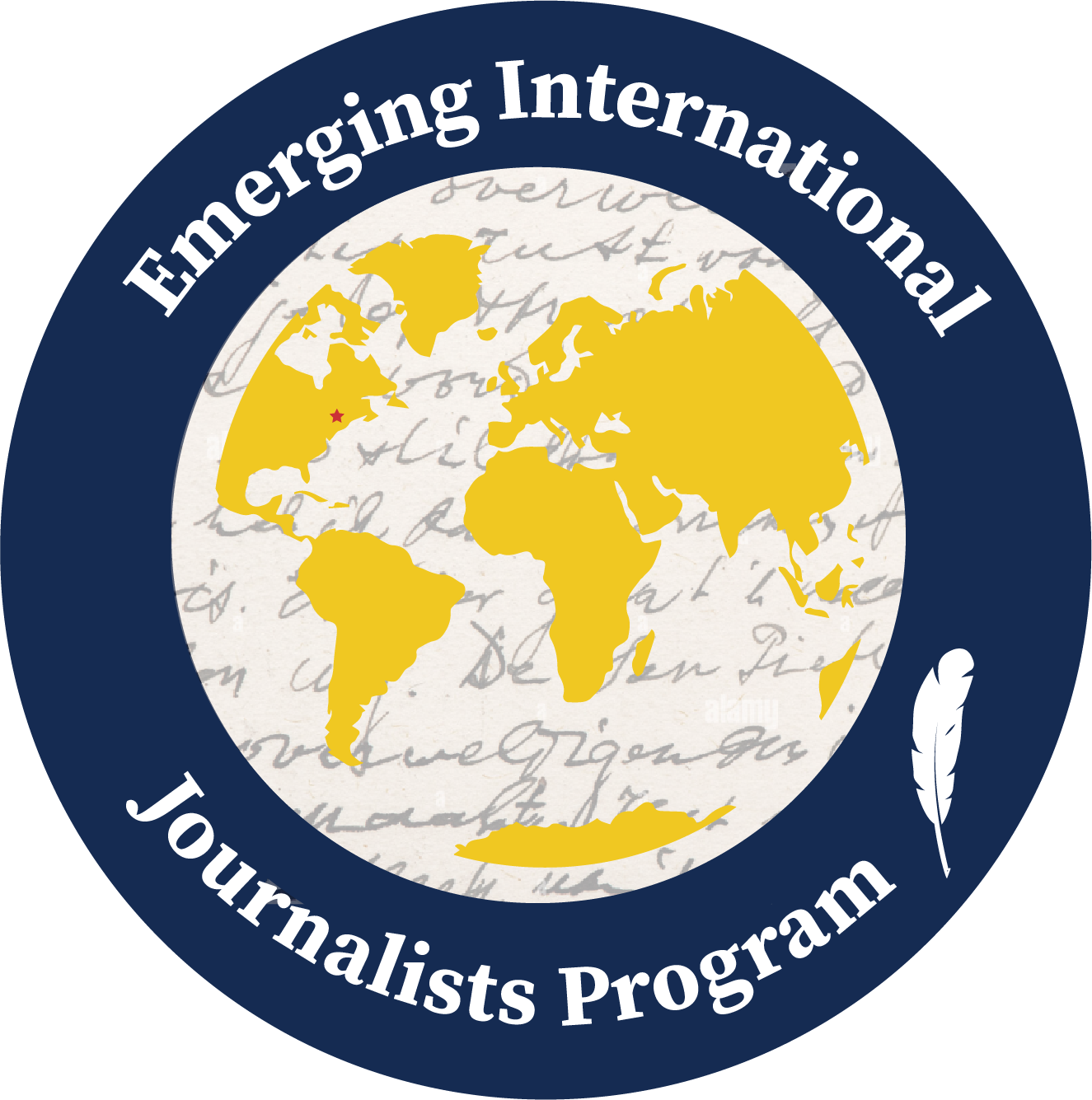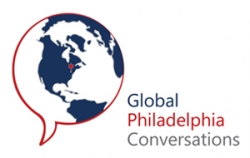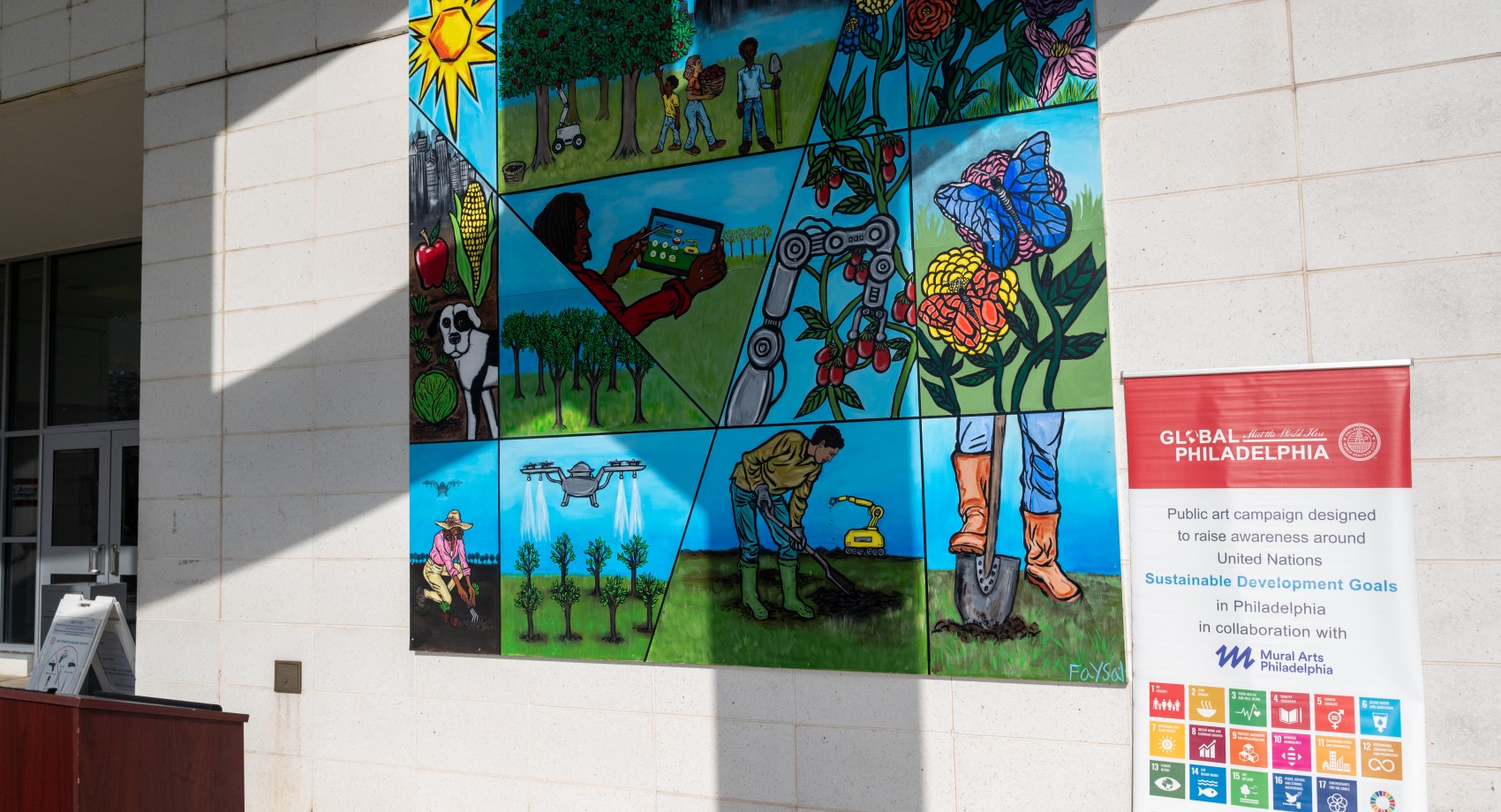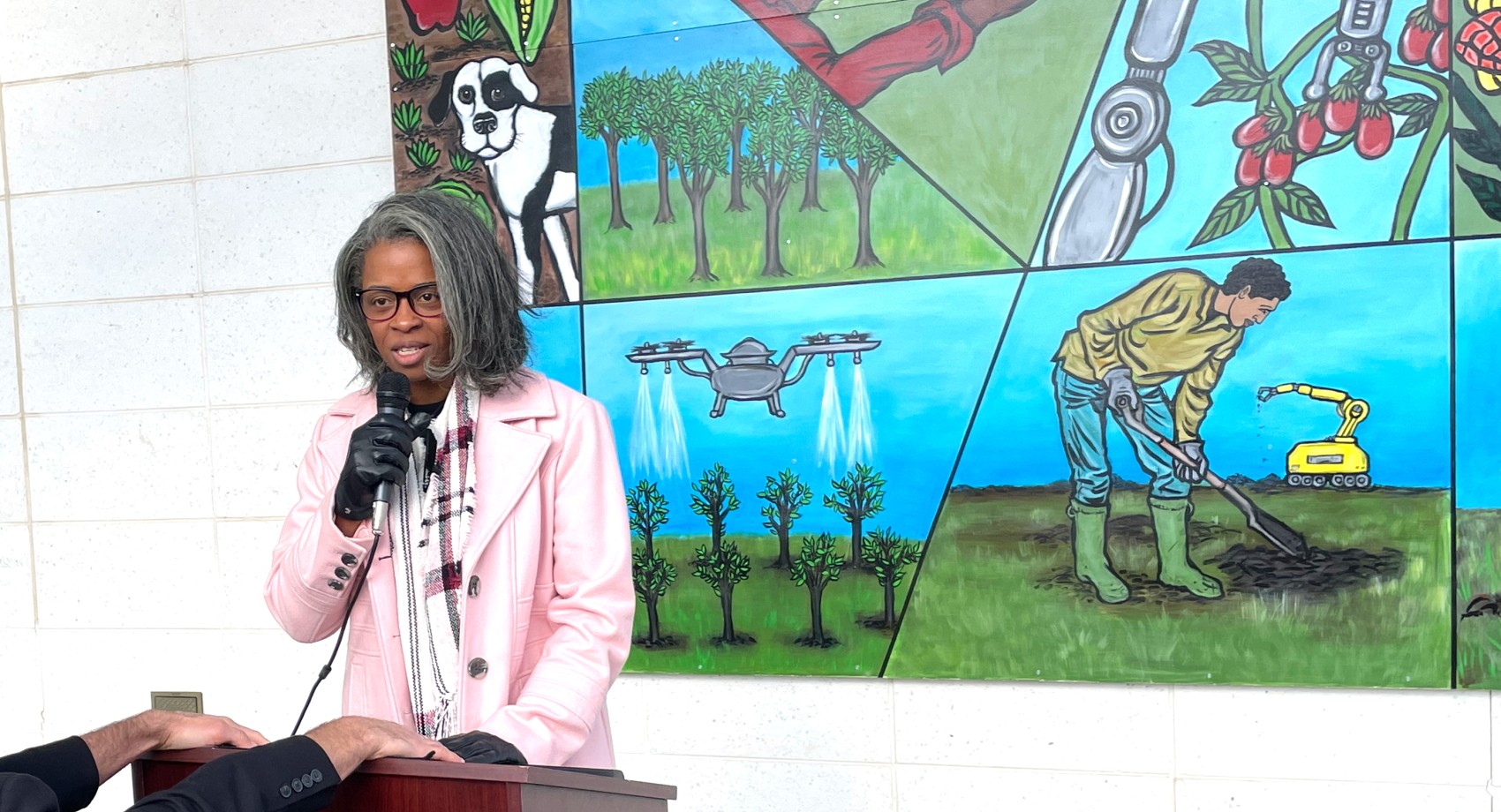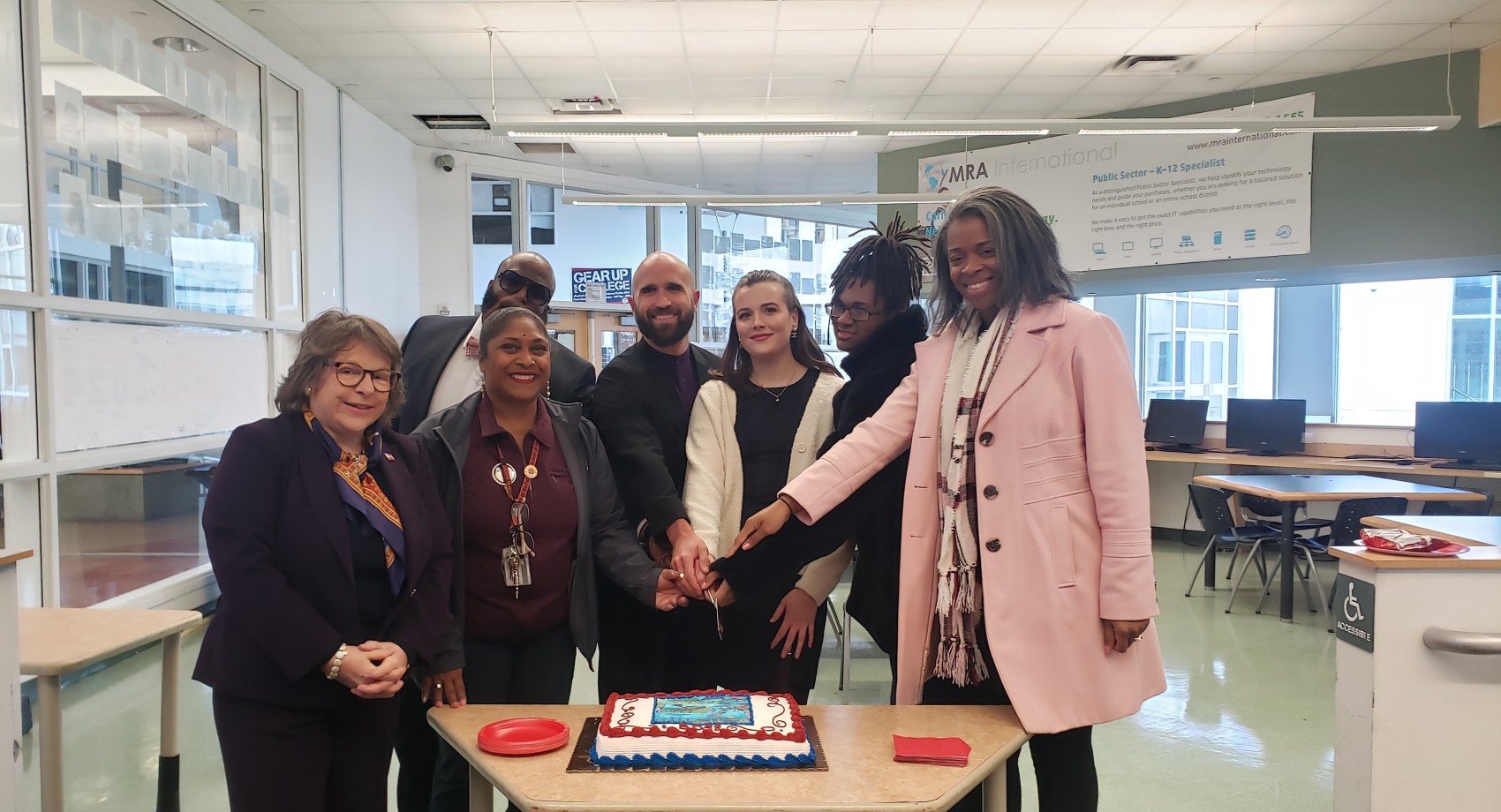A Global Conversation with Neferteri Strickland
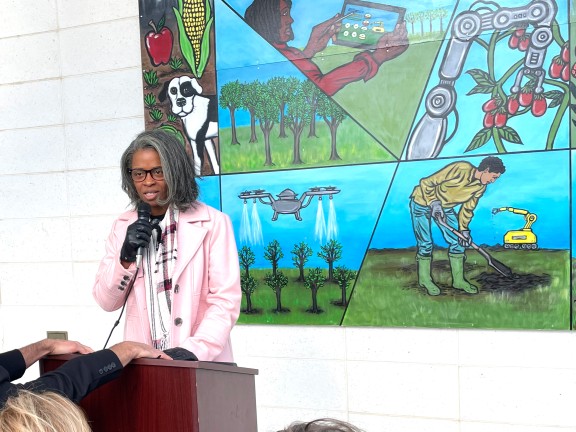
Neferteri Strickland, an early stage entrepreneur, educator, and military officer, seamlessly integrates her diverse experiences to offer a multifaceted perspective. As the founder of Teachers&, she passionately advocates for educational equity and community empowerment, bridging gaps and fostering innovation in classrooms. Her role as a sponsor for the Global Philadelphia Association's SDG #8 mural unveiling on November 28th reflects her commitment to United Nations Sustainable Development Goals and the intersection of education, technology, and societal progress.
In response to the 2020 COVID pandemic, Strickland launched Teachers& to address the demands of students in the Greater Philadelphia region for a more inclusive curriculum. The organization serves as a dynamic platform for educational progress, leveraging Strickland's network, talent, and resources. Through intentional disruption and roundtable discussions within the Design to Disrupt community, Strickland and like-minded education-focused entrepreneurs strategize on collective approaches to reshape the educational landscape, ultimately building the workforce of tomorrow.
Strickland actively engages with local stakeholders to bridge the gap between technology, education, and community needs. Her initiatives extend beyond the classroom, with a focus on collaborative solutions and addressing the problems faced by the Philadelphia region. As the sponsor of SDG #8, she emphasizes the importance of understanding and aligning with the UN's Sustainable Development Goals, driving towards economic growth, decent work, and the thoughtful integration of technology to achieve global sustainability.
You have diverse experience as an entrepreneur, educator, and military officer. How do you integrate skills and experiences from these roles to bring a unique perspective to your work in both business and education sectors?
I leverage my experiences as an entrepreneur, educator, and military officer to provide a multifaceted perspective. Each role informs the others, allowing me to offer insights that encompass intentional design, planning, and execution. As an entrepreneur, you'll hear my experience as an educator and a military officer come through. Inversely, as an educator, you'll hear my experience as a military officer and entrepreneur come through. And then, as an officer, like every experience I have, is applied to frameworks for staff planning and troop leading procedures. The military part of it is actually the easiest because of the standardization of the organization, right? Everyone knows what's next in the planning process. As an educator, you have a syllabus. As an entrepreneur, you have a business plan.
And thinking about the evolving, evolving landscape of technology, it's definitely a career where things are constantly changing. Whether in education, entrepreneurship, or the military, I apply my experiences to articulate and navigate challenges in each sector.
Could you share more about the motivation behind launching Teachers and the Design to Disrupt community at the start of the 2020 COVID pandemic?
A recent report released by the Basic Education Funding Commission found that the state needs $5.4 billion to bring underfunded schools up to par, a learning gap that is reflected in many of the conversations I've had with students. If we move at the pace proposed, the funds that should have been available yesterday won't be (completely) paid until the Class of 2031. There were students in the Greater Philadelphia region that were making demands of their school districts to be more inclusive of American history. They wanted the incorporation of more comprehensive world history and African American/Black history lessons into the curriculum. They were on their way out the door graduating, and they had friends who had already matriculated to higher ed who were telling them they were learning things that they absolutely should have learned in K-12, right? In reality, however, that was not the case.
They felt as though they had the capacity, but what they didn't have was the curriculum, the instruction or the instructional material. I saw this gap, and I gave them a voice. I gave them a platform to have this conversation virtually on Zoom because we were in lockdown.
I had been volunteering in public school for 20 years and I just got to the point with the pandemic and the virtual learning where constraints prevented me from getting close to the work. I wanted to build something that would capitalize on my network, my talent, and my resources in a way that was not feasible in volunteering. The idea was born out of my realization that traditional education faced challenges, and there was a need to establish an entity, Teachers&, as a vehicle for educational progress.
How does Teachers& work, and what does the outreach process look like with various schools in Philadelphia?
Teachers& operates by seeking invitations and building relationships with educators who reach out due to word of mouth or through advocacy efforts I have done for students. What I often find is that it's not just that the doors are closed, but that there is no doorway at all, and you'll stand in front of the brick wall that is public education anywhere in the Philadelphia region, which may also be a national trend. It leaves me searching for entry points into the education system. It often feels as if education doesn’t need you, but we know that a true education needs every one of us, whether it be public, private, formal or informal. We have all been a part of the education system. Whether it was a public or private school, we were all students at some point.
The goal is to collaborate and bridge the gap, ensuring that education becomes a collective effort involving public and private sectors. That’s why it’s called Teachers&, with an ampersand, because it denotes collaboration.
Talking about the Design to Disrupt community, how do intentional disruption and the various roundtables contribute to the community's goals?
A disruption is a consequence of poor design. Our method of approaching this work is intentional design. It's really important that you understand the system with which you propose to disrupt because when you move one piece in all of your disruptiveness, you need to have visibility in at least some assumptions on second and third order effects, because other things will be disrupted as well. Plan. How hard is that? Intentional disruption involves deliberate design changes to address issues in the educational system.
Our community was formed of what we call education-focused entrepreneurs. Many of them have been in a formal classroom as a trained educator and couldn't act on their intent in the role or capacity they were in, much like myself as a volunteer. Those that left education and never looked back are more than likely in the business community. That is the role that they have chosen, the position or the stakeholder group that they most identify with. From that stakeholder group, we need to find ways to reconnect them to K-12 education.
And so what entrepreneurship and being a small business owner permits is a bit of permission to move at your pace to introduce your solution, but you do have to find a way into the schoolhouse and classroom. When you stand in front of that brick wall with your great solution, all the public teachers that I know and that you know, want to implement things differently.
As a result, the curriculum is very rigid, even while there are people on the other side of that brick wall looking for a way to let people in. So we have what we refer to as a wicked problem. It's going to take all of us to first just come to some consensus about what the problem is. Then we must ask, who will be the group that addresses it? Where are the resources for that and how will we proceed? How will we assess that piece that we move and the second and third orders effects of that? The roundtables facilitate discussions about these questions among these diverse stakeholders and entrepreneurs and strategize on addressing them collectively.
Your involvement in the Philadelphia SDG project and the sponsorship of SDG #8: Economic Growth and Decent Work demonstrates a commitment to global sustainability goals. How do you see the intersection between technology, education, and achieving these sustainable development goals?
The SDGs are 17 contained calls to action. Each UN SDG has targets to help you assess achieving something like SDG 8, Decent Work and Economic Growth. Who in Philly or the Philadelphia region cannot rally behind decent work and economic growth?
Target 8.2 states that to achieve higher levels of economic productivity, it needs to be done through diversification, technological upgrading and innovation, including through a focus on high-value added and labor-intensive sectors, which is measured through an annual growth rate of real GDP per employed person target. Target 8.3 is to promote development-oriented policies that support productive activities, decent job creation, entrepreneurship, creativity and innovation and encourage the formalization and growth of micro, small and medium sized enterprises, including thorough access to financial services.
The intersection lies in understanding the targets of the UN SDGs and aligning them with technological advancements. You don't have to reinvent the wheel. You just need to go and look at the targets and then start identifying the resources to aim and shoot at those targets.
And being a part of the community in the greater Philadelphia region, how do you actively engage with local stakeholders to bridge the gap between technology, education, and the needs of the community, specifically in terms of workforce development?
I engage with the community through speaking engagements, panels, and roundtable discussions, where I try to lend my lens to others. I do my best to articulate what I see, what I know, what I experience, and those three identities, those three different hats or sets of shoes that I wear, they just get repositioned. I also find the time and the community to have smaller roundtable discussions, where I convene members of various stakeholder groups centered around education.
These roundtable discussions provide a space to ask questions. What happens before primary education? What happens post K-12 education? What happens in industry? And thinking about how we can identify, again, those wicked problems and how each one of us sees it from our vantage point, and then how we think we can approach it, along with what resources we have available to offer the collective to address it.
I do believe that the workforce is just one segment of the continuum of learning. Learning doesn't stop when you get your diploma. There's a whole lot of on the job training and there's a big movement right now for skills based hiring. We need a mix of it all. Let's not get too far away from what is working, but build on that. And that's going to take everyone to decide on the way that we'll build on that. Build Philly, really.
In the rapidly evolving landscape of technology, especially in areas like cybersecurity and AI, how do you stay ahead of advancements, and what strategies do you employ to adapt to the rapid pace of technological change?
Not as much is changing as appears or that some would have you think. There is an infrastructure that's in place that everything else is being built on top. If you are on your cell phone or your laptop and you don't understand how you connect to your Internet service provider, any new widget seems like magic.
Understanding the foundational infrastructure of technology is crucial, such as the lower levels of what establishes the communication channel between the sender, the receiver, the method, the mode. Is it the Wi-Fi? Is it Ethernet? Is it fiber? And then, how that message gets passed across what the protocols are.
You can always trace back down anything anyone introduces to you. Any LLM that anyone introduces to you can probably be traced back to OpenAI, Google, IBM, Microsoft, Amazon, Facebook, Meta, Tesla, NVIDIA, Salesforce, or Adobe. These are the major players that are creating the infrastructure for the fourth industrial revolution. By grasping the basics of communication channels, protocols, and major players, it becomes easier to navigate and understand new advancements.
Staying ahead involves looking back at the existing stack and tracing new innovations back to established industry leaders. And if you are only looking as deep as the use case, you are a consumer. So for me, if you want to stay ahead, take a look back.
On a personal level, how do you feel about the direction AI is heading? Do you think we're on a positive trajectory, or is it a potentially dangerous path?
I am. I really like technology - I’m a gadget person. I am personally excited about AI and technological advancements. And I understand that doesn't pique everyone's interest. And I also understand because of the resources, the natural resources that we use to develop technology, not everyone can be a part of that, but I think it's important to remember that AI is not changing us, we're using AI to change us and the way we do things.
The technology is not emotional, even if they program some superficial emotional expressions in it. We must ask what our intention is and how are we using technology to realize it? How are we using technology to modify the behavior of others? That's what you have to look at. And if the person applying the technology is applying the technology to modify the behavior of others in a way that you might say is doom gloom negative, then that's the direction we're going. If we're using technology to ensure that more people have access to some type of psychological therapy and assessment, then that's what we're doing. It goes back to the wicked problem, right? What are we, what problem are we solving with this technology?
Anything else you'd like to add about the unveiling of SDG #8 or upcoming events in Philadelphia?
I'm excited about 2030, when all of these murals come together - I'll be there with bells on! The unveiling is the first of what I will call the Roundtable 2.0. It's going beyond conversation and looking at how we are coming together so we can look at these wicked problems that the region has, that Philadelphia has.
Follow us on LinkedIn for updates on where innovators and change agents in Philadelphia are convening. Together, we can address the region's wicked problems and build a collaborative, impactful future.
